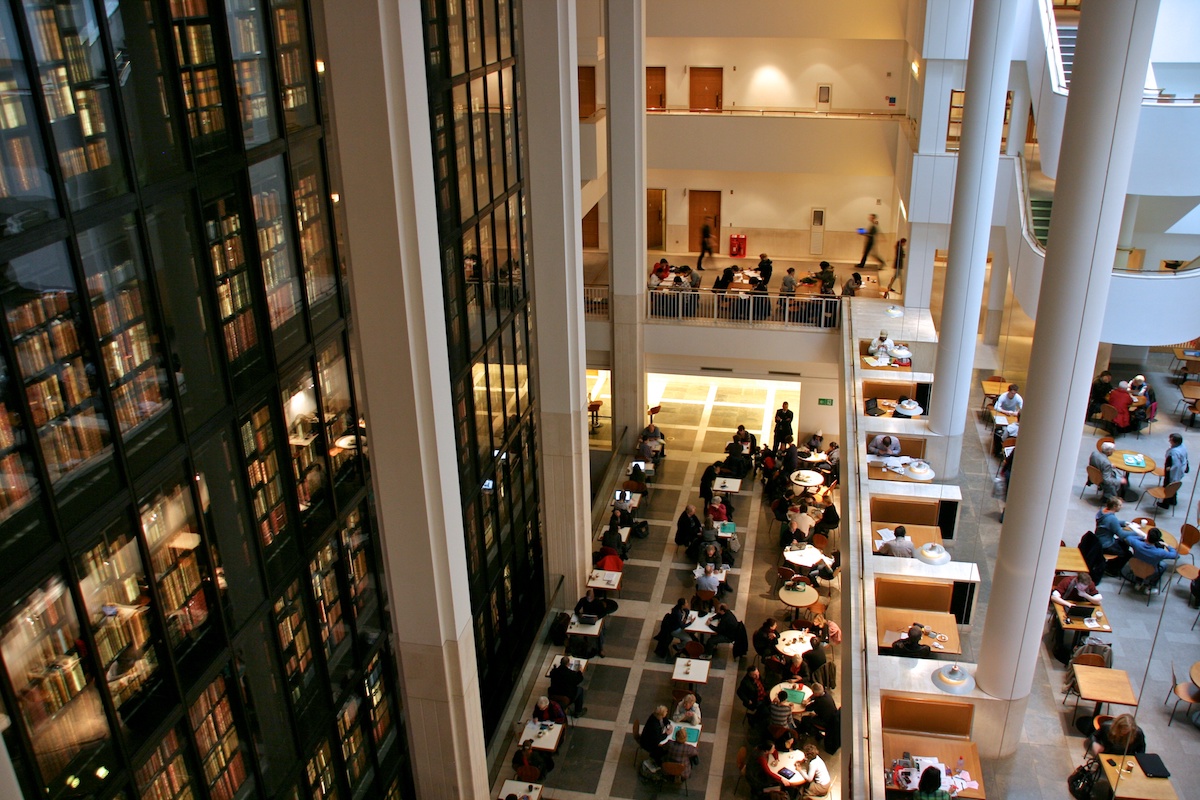The British Library’s pivotal main catalogue, boasting over 36 million records, resurfaced online, marking a crucial milestone in restoring services following last year’s cyber attack.
While the catalogue is currently in a read-only format, this is a testament to the ongoing efforts and progress in overcoming the challenges faced by the UK’s most extensive library. The chief executive reassures that a full recovery of all services is on the horizon, describing Monday as ‘a quietly good day, at last.’
The cyber attack, orchestrated by the Rhysida ransomware group on October 31, led to the British Library’s website being offline for almost a month. In November, the institution confirmed the leakage of some employee data.
Renowned for housing one of the world’s largest book collections, the British Library’s main catalogue, encompassing details of printed and rare books, journals, maps, and music scores, plays a vital role for researchers worldwide. However, since the hack, users have been unable to access it online.
Sir Roly Keating, the Chief Executive, expressed the “terrible” impact on researchers globally during an interview with BBC Radio 4’s PM programme, apologising for the service disruption. When asked about the possibility of paying a ransom to the hackers, Sir Roly emphasised the institution’s commitment to not paying criminals, citing it as “good custom and practice.”
While the return of the main catalogue is a positive development, Sir Roly cautioned that its functionality would differ from before. Although users can search for items, checking availability and ordering for use in reading rooms will be altered.
Starting this week, readers will gain access to most of the library’s critical special collections, including archives, manuscripts, and other unique items. However, consultation with offline specialist catalogue versions will require an in-person visit.
Sir Roly acknowledges the slower and more manual processes but reassures the significance of restoring a core element of the library’s public service. He stated, ‘ Despite the changes, we are committed to providing the familiar heart of the library’s offering to researchers and restoring a core element of our public service.’
Access to the library’s Boston Spa site and parts of its currently unavailable digital collections will gradually follow. Despite speculation in the Financial Times suggesting potential recovery costs of £7 million, Sir Roly dismissed such estimates as premature.
What is The British Library
The roots of the British Library can be traced back to the early 18th century when the collection was housed in the Cotton Library. Sir Robert Cotton, an avid collector of manuscripts, bequeathed his impressive library to the nation. Over time, other notable collections, such as the Harleian Library, the Royal Library, and the Library of Sir Hans Sloane, were combined, laying the foundation for the British Museum Library in 1753.
The library’s growth was substantial, and by the 19th century, it faced challenges of space and organisation. In response, the British Museum Act of 1753 was amended in 1972 to establish a separate entity: the British Library. This move aimed to alleviate the strain on the British Museum, allowing the new institution to focus exclusively on expanding its collections and services.
In 1997, the British Library found its current residence at St Pancras in London. The state-of-the-art building, designed by architect Colin St John Wilson, serves as a modern hub for knowledge and cultural heritage. The library has evolved into one of the world’s leading research institutions, housing an extensive array of books, manuscripts, maps, and digital resources.
The British Library is not merely a repository of books; it is a dynamic space for research, collaboration, and exploration. Its collections span centuries and cover various subjects, reflecting the institution’s commitment to fostering intellectual curiosity and scholarly pursuits. Today, the library symbolises the UK’s dedication to preserving, sharing, and advancing human knowledge.
Photograph by Mike Peel (www.mikepeel.net). Creative Commons Attribution-Share Alike 4.0

